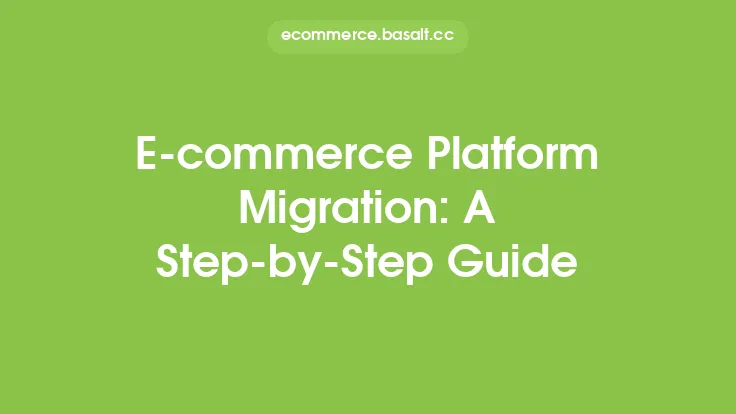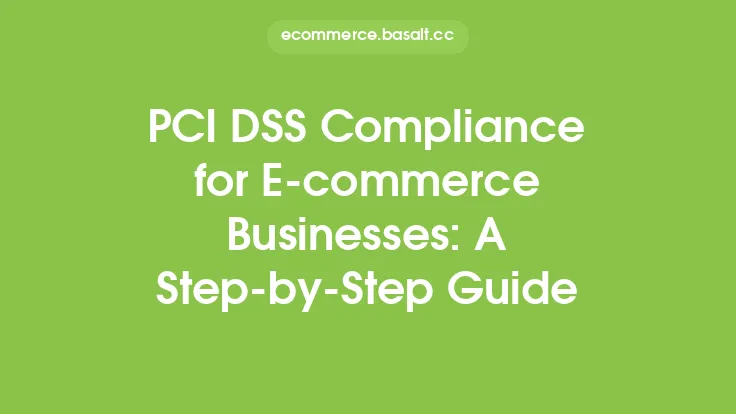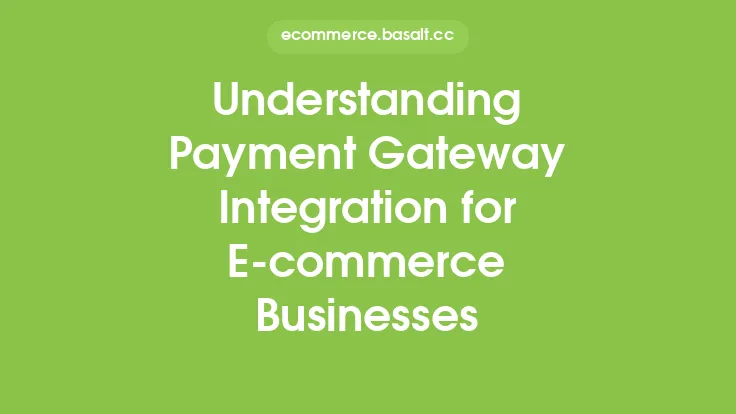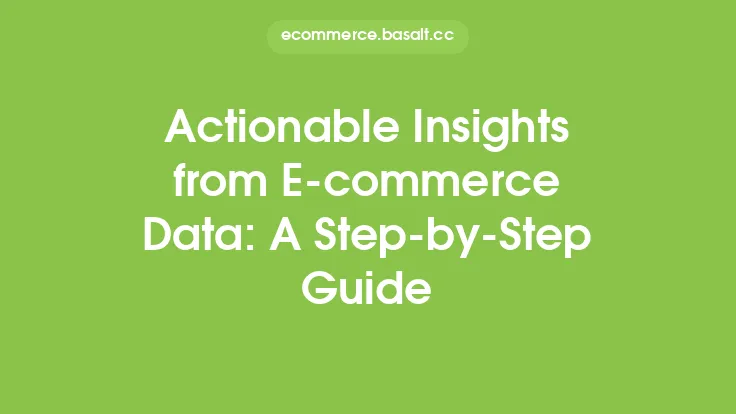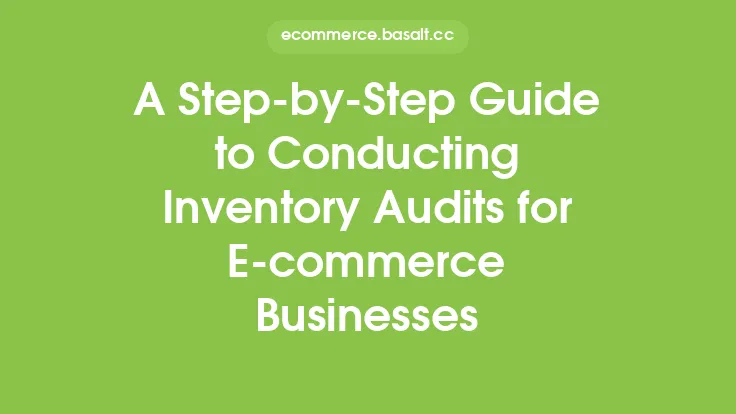To integrate a payment gateway API into an e-commerce platform, merchants must follow a series of steps that ensure seamless and secure transactions. The process begins with selecting a suitable payment gateway that aligns with the business's needs and requirements. Once the payment gateway is chosen, the next step is to obtain the necessary API credentials, which typically include an API key, secret key, or access token. These credentials are used to authenticate API requests and ensure that only authorized transactions are processed.
Understanding Payment Gateway API Basics
Payment gateway APIs are designed to facilitate communication between the e-commerce platform and the payment gateway. They provide a set of endpoints, parameters, and protocols that enable merchants to send and receive data related to transactions. The most common API protocols used in payment gateways are REST (Representational State of Resource) and SOAP (Simple Object Access Protocol). REST is a more widely used protocol due to its simplicity and flexibility. Payment gateway APIs typically support various HTTP methods, including GET, POST, PUT, and DELETE, which are used to perform different operations such as retrieving transaction status, creating new transactions, updating existing transactions, and canceling transactions.
Preparing for API Integration
Before integrating the payment gateway API, merchants must prepare their e-commerce platform to handle API requests and responses. This involves setting up a secure server environment, installing necessary libraries and dependencies, and configuring the API credentials. Merchants must also ensure that their platform complies with the payment gateway's security and compliance requirements, such as PCI-DSS (Payment Card Industry Data Security Standard) and GDPR (General Data Protection Regulation). Additionally, merchants should test their platform's API connectivity using tools such as Postman or cURL to ensure that API requests are being sent and received correctly.
Integrating the Payment Gateway API
The actual integration of the payment gateway API involves writing code that sends API requests to the payment gateway and handles responses. Merchants can use programming languages such as PHP, Java, Python, or Node.js to integrate the API. The integration process typically involves the following steps:
- Tokenization: The merchant's platform sends a request to the payment gateway to tokenize the customer's payment information, such as credit card number and expiration date.
- Transaction creation: The merchant's platform sends a request to the payment gateway to create a new transaction, passing parameters such as transaction amount, currency, and payment method.
- Transaction processing: The payment gateway processes the transaction and sends a response back to the merchant's platform, indicating whether the transaction was successful or not.
- Transaction status update: The merchant's platform sends a request to the payment gateway to retrieve the transaction status, which can be used to update the order status and notify the customer.
Handling API Errors and Exceptions
When integrating the payment gateway API, merchants must handle API errors and exceptions that may occur during transaction processing. This includes errors such as invalid API credentials, insufficient funds, or expired credit cards. Merchants can use try-catch blocks or error handling mechanisms to catch and handle API errors, providing a better user experience and preventing transaction failures.
Testing and Debugging the API Integration
After integrating the payment gateway API, merchants must test and debug the integration to ensure that it is working correctly. This involves testing different scenarios, such as successful transactions, failed transactions, and error handling. Merchants can use tools such as debug logs, API consoles, or testing frameworks to identify and fix issues with the API integration.
Security and Compliance Considerations
When integrating a payment gateway API, merchants must ensure that their platform complies with security and compliance requirements, such as PCI-DSS and GDPR. This involves implementing security measures such as encryption, secure tokenization, and access controls to protect sensitive payment information. Merchants must also ensure that their platform is regularly updated and patched to prevent security vulnerabilities and ensure compliance with industry standards.
Best Practices for API Integration
To ensure a successful payment gateway API integration, merchants should follow best practices such as:
- Using secure protocols: Merchants should use secure protocols such as HTTPS to encrypt API requests and responses.
- Validating user input: Merchants should validate user input to prevent security vulnerabilities such as SQL injection or cross-site scripting.
- Implementing error handling: Merchants should implement error handling mechanisms to catch and handle API errors and exceptions.
- Testing and debugging: Merchants should thoroughly test and debug the API integration to ensure that it is working correctly.
- Monitoring and logging: Merchants should monitor and log API requests and responses to detect and prevent security issues.
Conclusion
Integrating a payment gateway API into an e-commerce platform requires careful planning, execution, and testing. By following the steps outlined in this guide, merchants can ensure a seamless and secure transaction experience for their customers. It is essential to remember that payment gateway API integration is an ongoing process that requires regular maintenance, updates, and security checks to ensure compliance with industry standards and prevent security vulnerabilities.
